Nature's Most Exotic and Dangerous: A Travel Guide to the Wild Side
Venture with us on a global journey exploring some of the world's most fascinating and potentially dangerous wildlife hotspots. From the venomous creatures of Australia and the majestic "Big Five" in Africa's national parks to the hidden perils in the Amazon rainforest, we'll uncover what makes these destinations thrilling yet risky. Further, we'll explore the mighty predators of Alaska, the king of the jungle in India, the stealthy swimmers in sunny Florida, and the unique inhabitants of Borneo. While these exotic locales may harbor potentially dangerous wildlife, we'll also dive into the actual risks and safety measures, revealing that the beauty and thrill of experiencing these unique wildlife far outweigh the dangers when approached with caution and respect. Stay tuned for an exciting, wild ride!
Australia
A Land of Sun, Surf, and Stealthy Predators
Australia is a land of contrasts, where golden beaches meet the vast outback. It's famous for the Sydney Opera House, Great Barrier Reef, and a unique array of wildlife found nowhere else on Earth. But remember, some of its indigenous creatures are as deadly as they are fascinating.
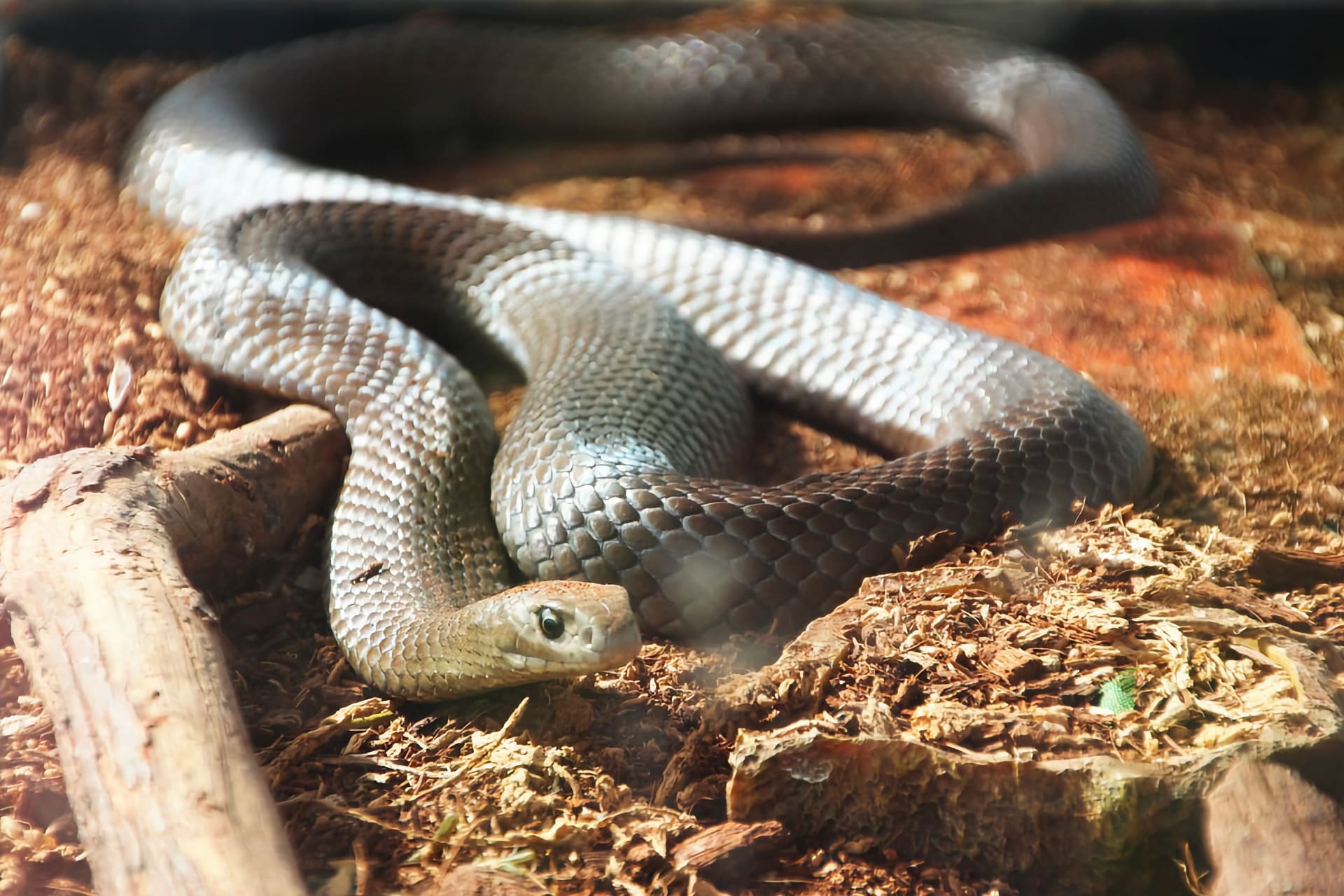
The danger: Australia is home to a variety of venomous creatures. The Sydney funnel-web spider and the Eastern brown snake are among the world's most venomous species. The Box Jellyfish, often found in the northern oceans of Australia, can deliver a lethal sting.
The reality: While these animals are indeed dangerous, encounters with them are relatively rare and fatalities even rarer. According to a report by the Australian Bureau of Statistics, more people die from horse riding accidents than from snake or spider bites in Australia.
Africa's National Parks
The Majesty and Might of the "Big Five"
Africa's national parks, such as Serengeti and Kruger National Park, offer a glimpse into the primal drama of nature. These parks are renowned for the "Big Five" - lions, elephants, buffalo, leopards, and rhinoceroses.
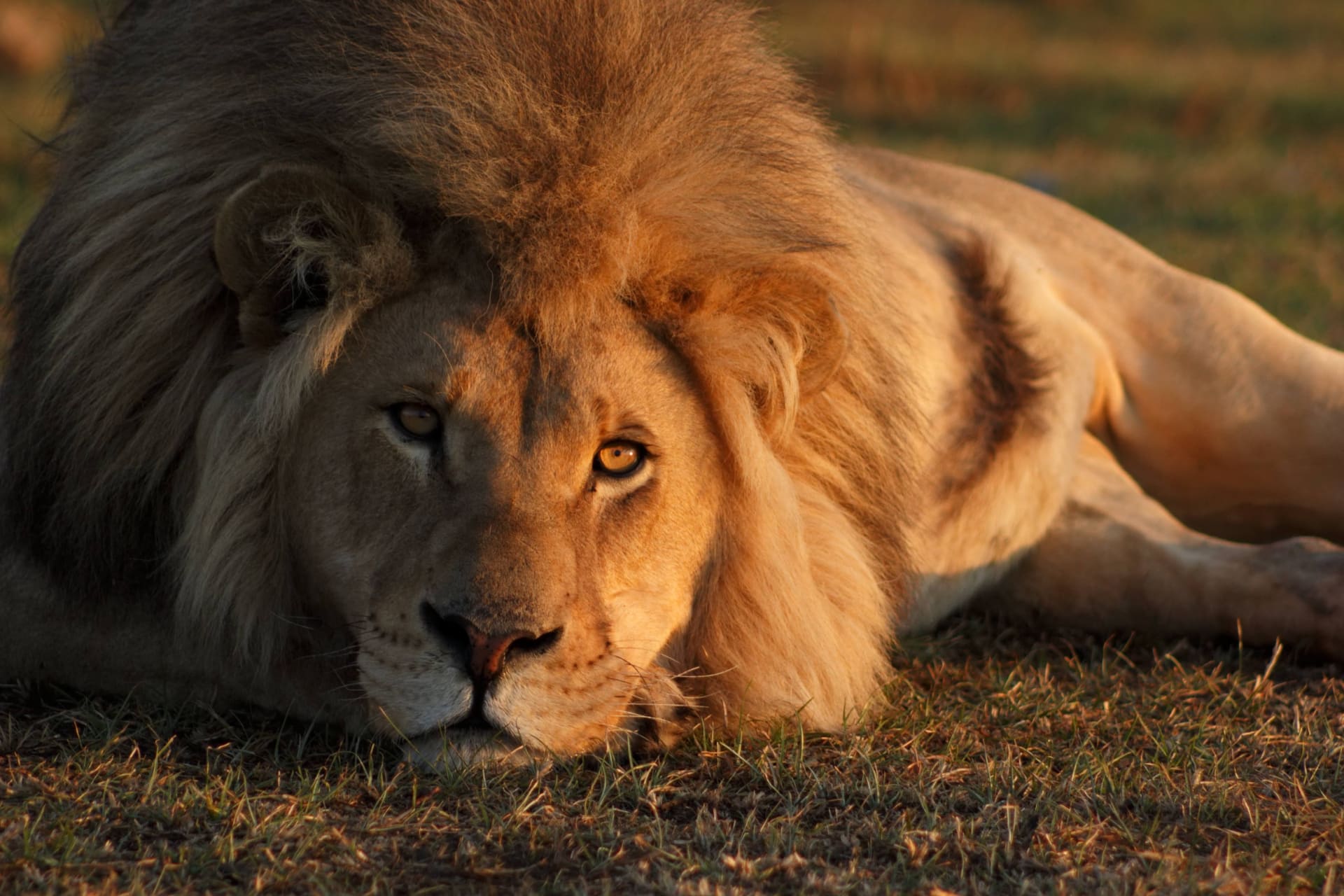
The danger: These animals are not just majestic, they are powerful and potentially dangerous. Elephants can be aggressive when threatened, and lions, though generally indifferent to humans, can attack if they feel cornered or if a person gets too close.
The reality: Park regulations are designed to minimize these risks. Visitors are advised to stay in their vehicles and maintain a safe distance from the animals. According to the African Journal of Ecology, the number of fatal encounters in these parks is very low, especially when visitors follow the rules.
Amazon Rainforest
A Jungle of Breathtaking Biodiversity and Hidden Perils
The Amazon rainforest, the largest rainforest on Earth, draws adventurers with its unrivaled biodiversity, including colorful birds, majestic jaguars, and countless species of insects and reptiles.
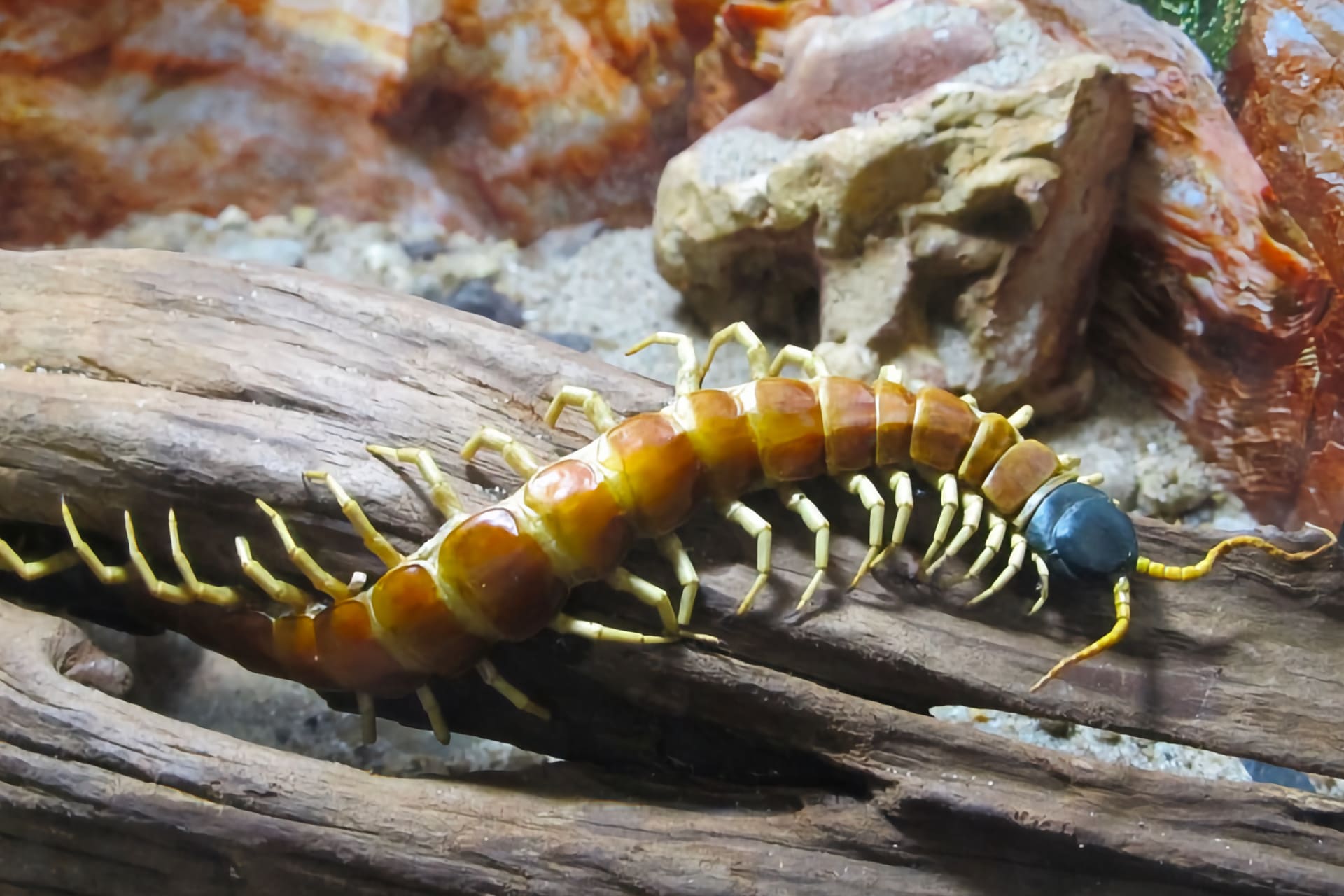
The danger: Among this vast variety of species, there are several poisonous ones. The Amazon is home to the deadly poison dart frog, venomous snakes such as the Bushmaster, and the giant Amazonian centipede.
The reality: While encounters with dangerous animals can occur, they are relatively rare. According to a study published in the Journal of Travel Medicine, most injuries in the Amazon are due to falls or cuts from handling sharp objects, rather than from dangerous animals.
Alaska
Land of Spectacular Landscapes and Mighty Bears
Alaska, the largest state in the U.S., is famous for its stunning landscapes: snow-capped mountains, sprawling forests, and pristine rivers. Here you can witness the breathtaking spectacle of the Northern Lights or explore the vast wilderness.
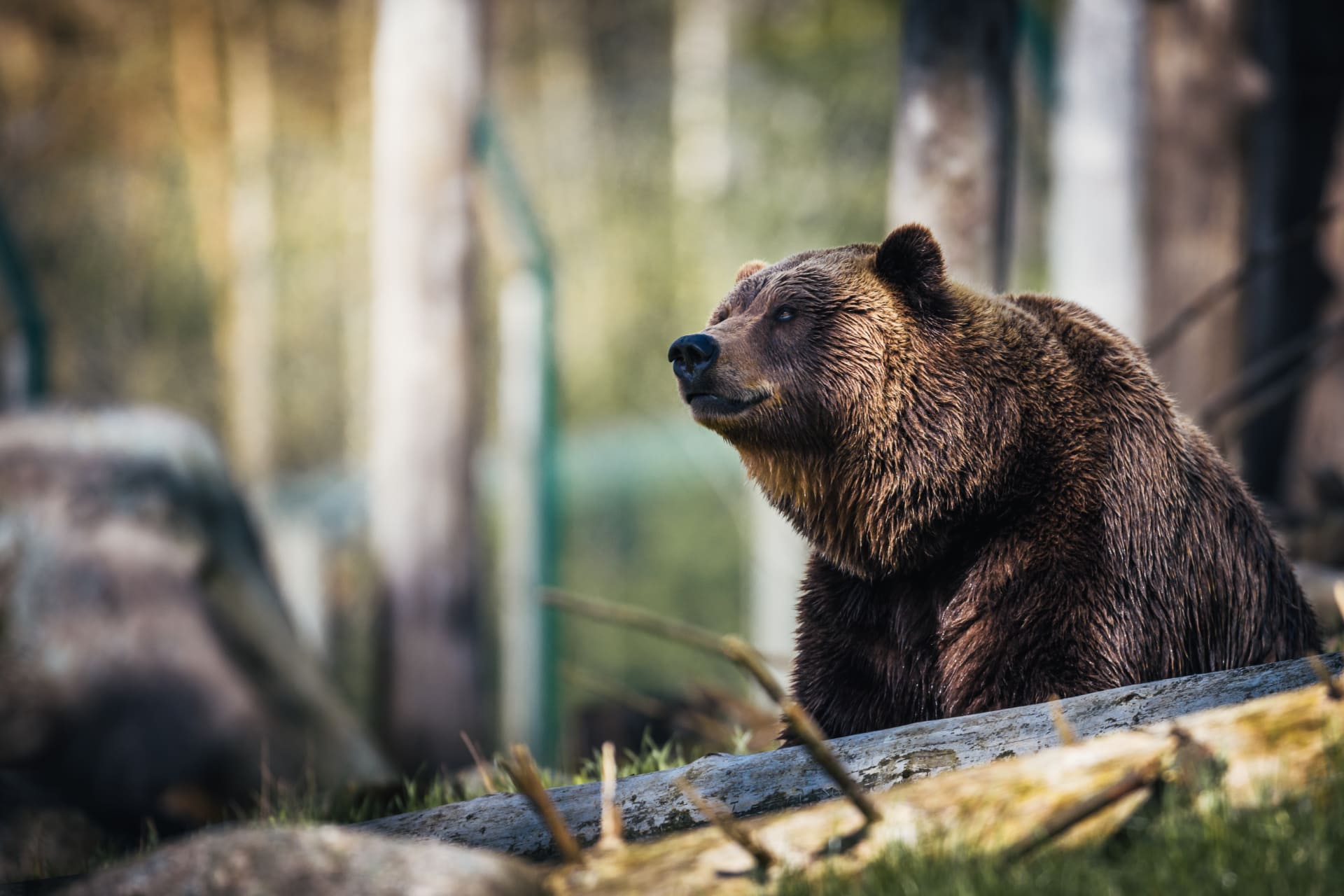
The danger: Alaska is home to the largest population of grizzly bears in the United States. These magnificent animals can be dangerous if encountered up close, especially if it's a mother with cubs.
The reality: Bear attacks are extremely rare. According to the Alaska Department of Fish and Game, you're more likely to be struck by lightning than be attacked by a bear. Respectful behavior and observing guidelines greatly reduce any risks.
Remember, wherever you travel, respect local wildlife and follow guidelines to stay safe. The world is full of incredible creatures - observing them from a safe distance allows us to appreciate their beauty and power. Happy travels!
India
A Tapestry of Culture, Tradition, and The King of the Jungle
India is an enthralling blend of historical grandeur, diverse cultures, and breathtaking landscapes. From the beautiful Himalayan ranges to the serene backwaters of Kerala, India's beauty is truly kaleidoscopic. But India is also home to the majestic Bengal tigers.
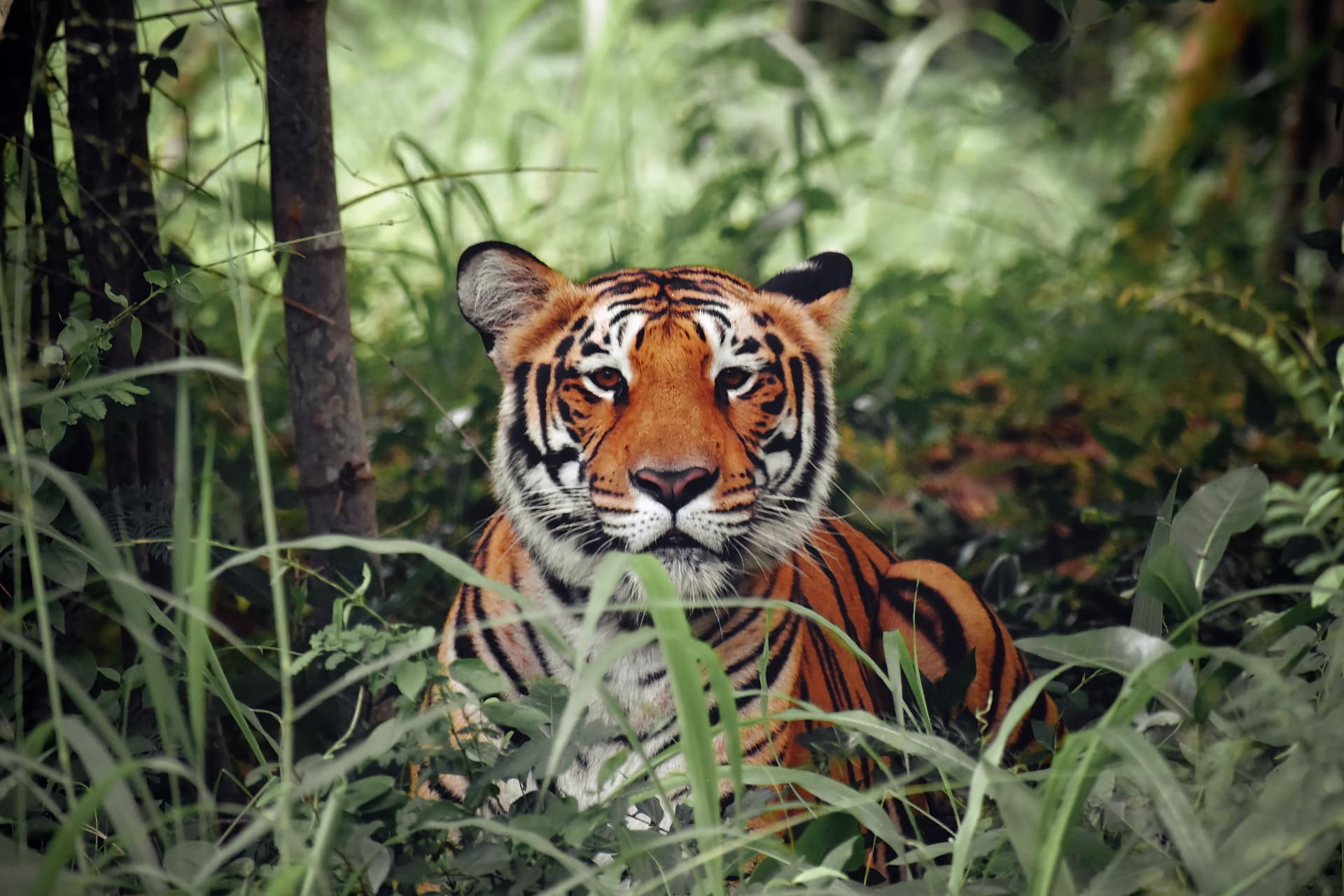
The danger: The Bengal tiger, an apex predator, resides in various regions of India. Although they usually avoid human interaction, they can be dangerous when they feel threatened or when humans encroach on their territories.
The reality: According to the Wildlife Protection Society of India, tiger attacks are rare and usually occur when tigers are provoked or sick. National parks and reserves in India have strict safety measures in place, making the risk of encountering a tiger very low for tourists.
Florida, USA
Sunshine, Theme Parks, and Stealthy Swimmers
Florida, known for its warm climate and beautiful beaches, is a hub for tourists around the world. It is famous for its theme parks, vibrant nightlife, and diverse wildlife, including a certain prehistoric-looking resident.
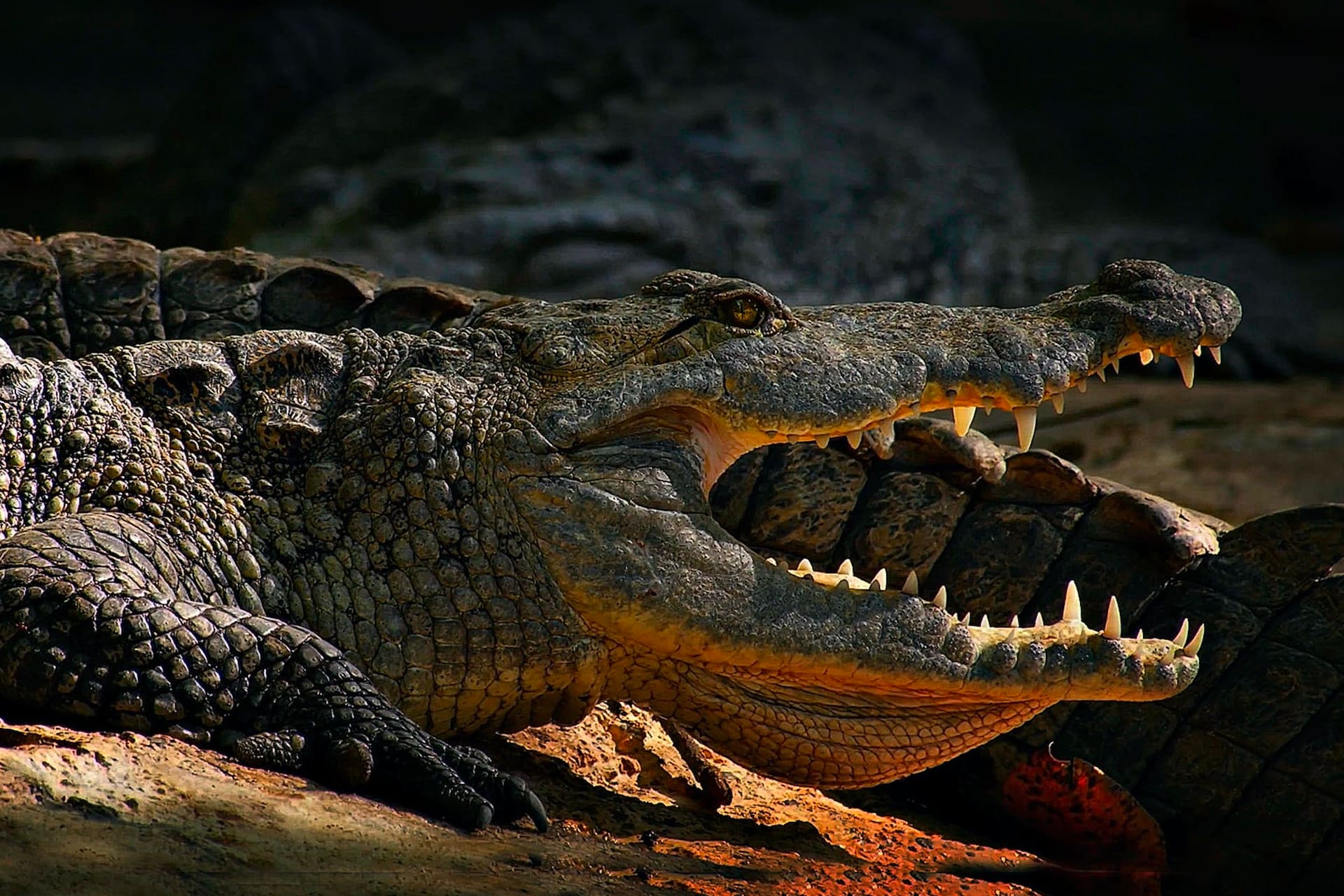
The danger: Florida's waterways are home to a large population of American alligators. While they typically avoid humans, alligators can be a danger if they feel threatened or are fed by people, which can make them lose their fear of humans.
The reality: According to the Florida Fish and Wildlife Conservation Commission, the likelihood of a resident being seriously injured during an unprovoked alligator incident in Florida is roughly only one in 3.2 million. By keeping a safe distance and not feeding them, visitors can safely enjoy Florida's wilder side.
Borneo, Indonesia
Tropical Paradise and the Home of the Orangutans
Borneo, known for its ancient rainforest, is a paradise for nature lovers. It boasts a rich biodiversity with a variety of endemic species, including the Bornean orangutan.
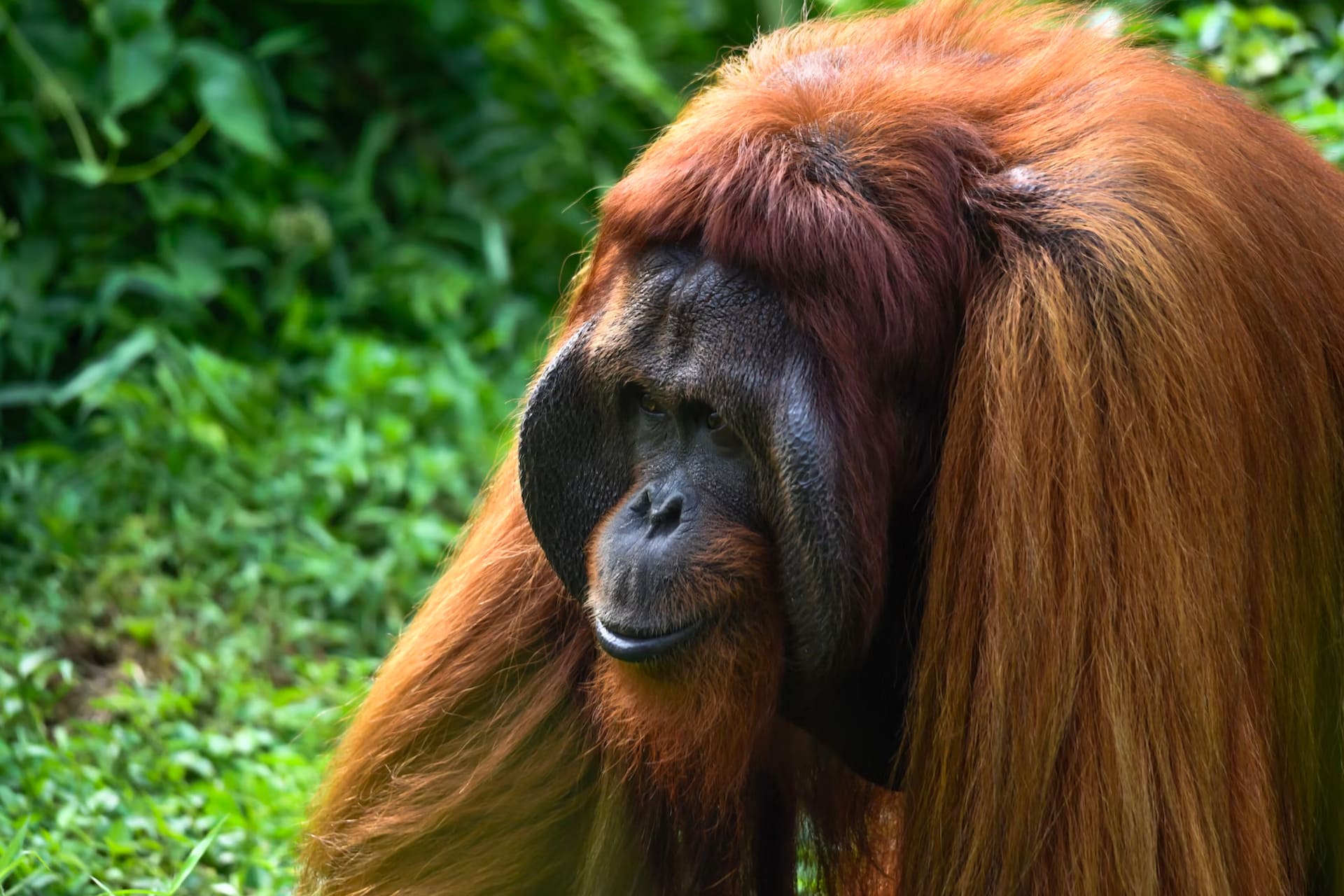
The danger: While they are usually shy and reclusive, orangutans, particularly males, can be dangerous if they feel threatened. Also, Borneo is home to several venomous snakes like the Bornean keeled pit viper.
The reality: Orangutan attacks on humans are very rare, and snake bites are also relatively uncommon. According to a study in the Journal of Wildlife Diseases, most injuries associated with wildlife in Borneo are minor and can be prevented by following safety guidelines.
In conclusion, it's clear that while certain destinations may harbor potentially dangerous wildlife, the actual risks to travelers are minimal, especially when respecting local guidelines and the animals' natural behaviors. The beauty and thrill of experiencing these exotic locales and their unique wildlife far outweigh the dangers when approached with caution and respect.



